Introduced in 1969, the Dodge Challenger moved about 77,000 units in its first year on the market. But things changed in 1971 when rising insurance costs for high-performance cars slowed sales to only 27,377 examples. And fewer than 5,000 of them were ordered with the desirable R/T package.
Most left the showrooms with the base 340-cubic-inch (5.6-liter) and the 383-cubic-inch (6.3-liter) V8s. Only 250 customers opted for the 440-cubic-inch (7.2-liter) “Six-Pack,” and just 71 went with the mighty 426-cubic-inch (7.0-liter) HEMI. One of the last Mopars fitted with the legendary V8 mill, the 1971 Challenger HEMI is now an expensive classic that changes hands for six-figure sums.
But it’s not just the sticker that gets in the way of buying one. Assuming you’re willing to pay more than $200,000 for a restored example, you’ll also need a ton of luck to find one for sale.
This leaves most collectors with two alternatives: an all-original car with a not-so-famous engine or a restomod fitted with a modern, beefed-up mill.
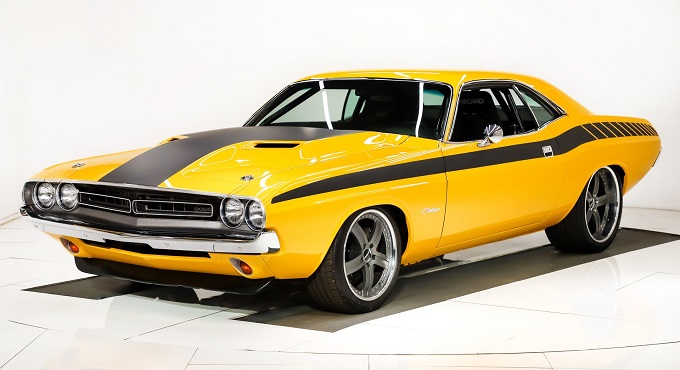
The black-striped, Flame Yellow example you see here proves that the second option is great when the car in question is well-built. Yes, it doesn’t rock an original “high-impact” paint, and it stands out as a restomod, but it’s a tasty package loaded with high-performance features that will make you forget about the original 426 HEMI.
And I’ll get straight to the heart of this Mopar because that’s where all the magic happens. Did you notice the massive bulge on the hood? Well, it’s not there just for show. That lump provides clearance for a pro-built HEMI that displaces a whopping 528 inches (8.7 liters).
Built around a Keith Black engine and featuring a Mopar Performance crank, aluminum heads, an Indy intake, and a Holley carburetor, it cranks out 688 horsepower and 660 pound-feet (895 Nm) of torque. 426 HEMI who?
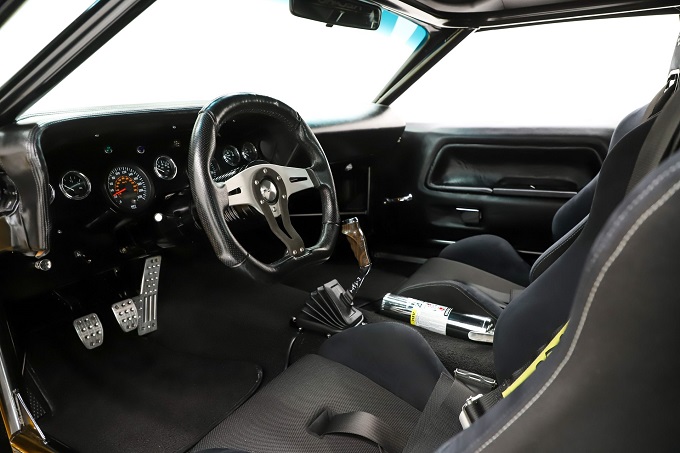
And get this: the Challenger was tested at speeds of more than 180 mph (290 kph), a velocity that’s out of reach in an all-original 1971 Challenger HEMI. Specifically, the latter was factory-rated at 146 mph (235 kph).
We don’t get 0-to-60 mph (97 kph) and quarter-mile times, but the Challenger should be as quick as a modern muscle car, given that the wheels are wrapped in Michelin Pilot Sport tires.
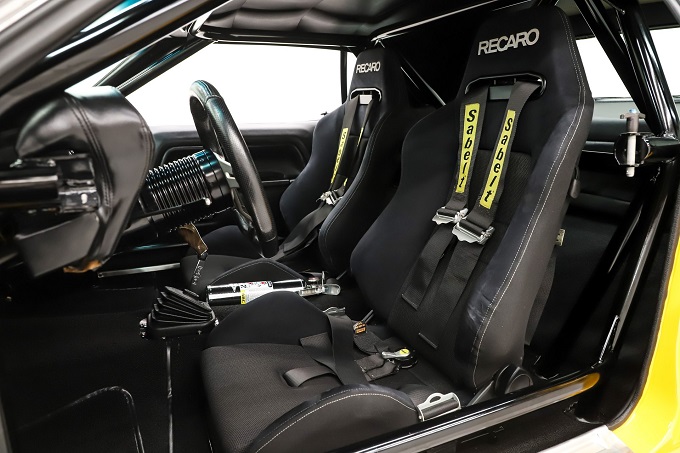
The suspension also got an overhaul and now includes Magnum Force K-member and control arm up front and a modern four-link system in the rear. It also features adjustable gas shocks at all corners and IPD sway bars.
Stopping power comes from Brembo disc brakes, while the Dana 60 rear end with 3.54 gears provides a pleasant experience on the highway.
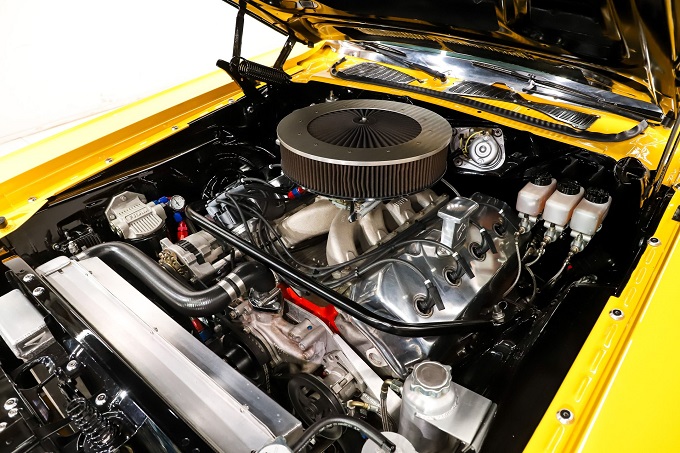
The interior retains most of the Challenger’s recognizable features. However, there’s extra leather on the dashboard and side panels, plus a few amenities you’d usually find in modern sports cars. These include Recaro bucket seats, a flat-bottom Mono steering wheel, and aluminum pedals.
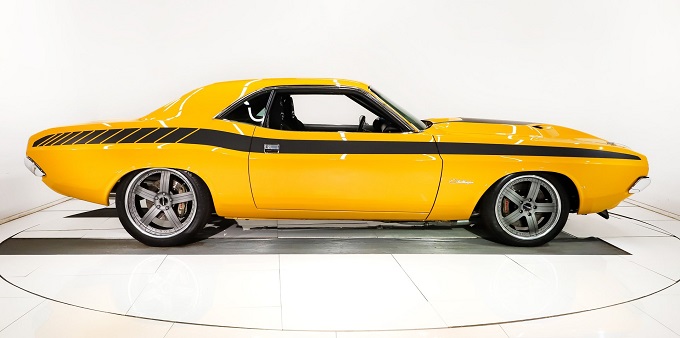
All told, it’s a stunning project that cost a whopping $252,000 to put together, a receipt that puts it into top-notch restomod territory. But the muscle car is looking for a new owner for a lot less than that, wearing a $133,998 sticker.
Would you pay more than $100K on a 1971 Challenger restomod, or would you rather spend a six-figure sum on an all-original example? Let me know in the comments.





